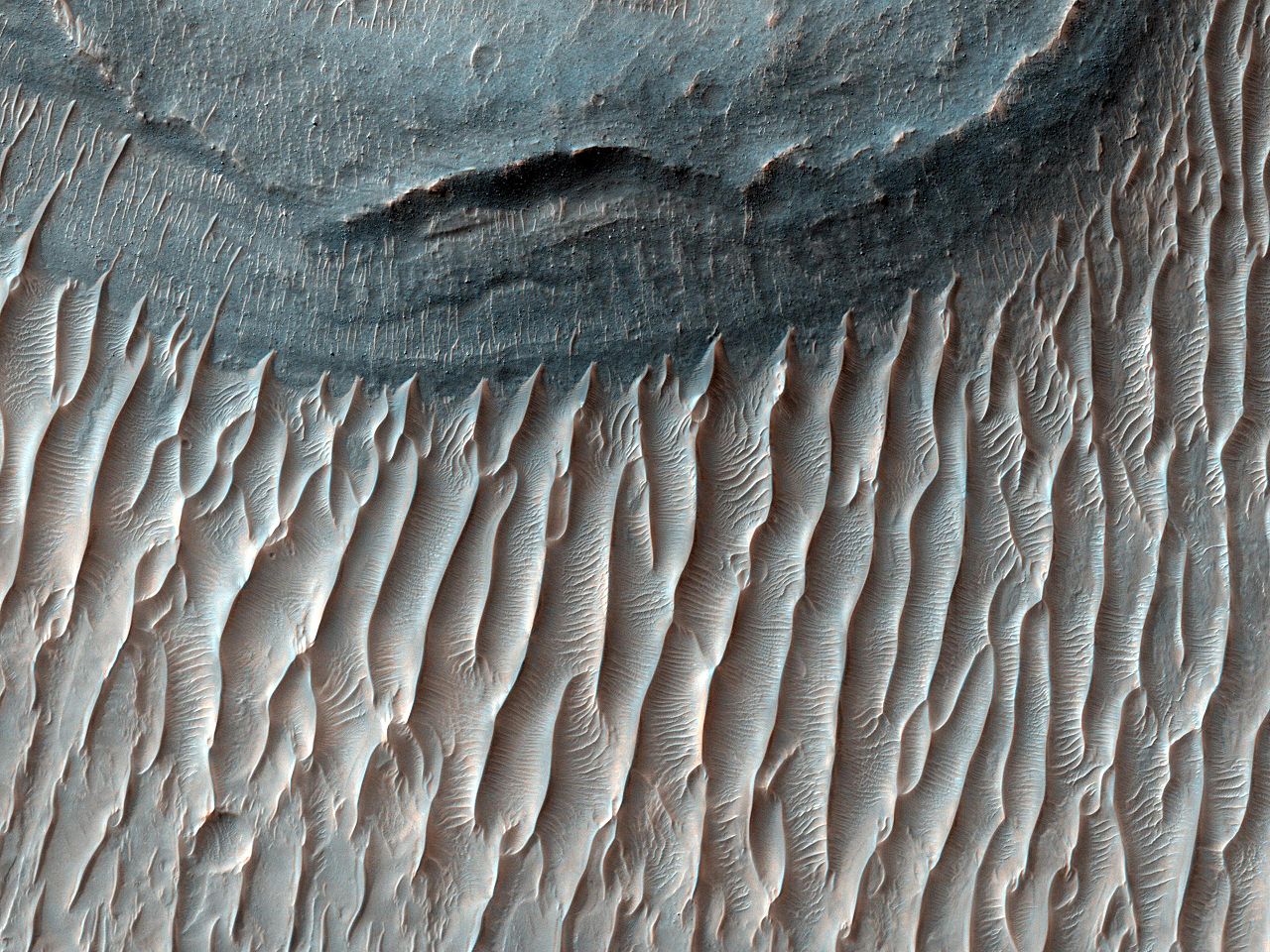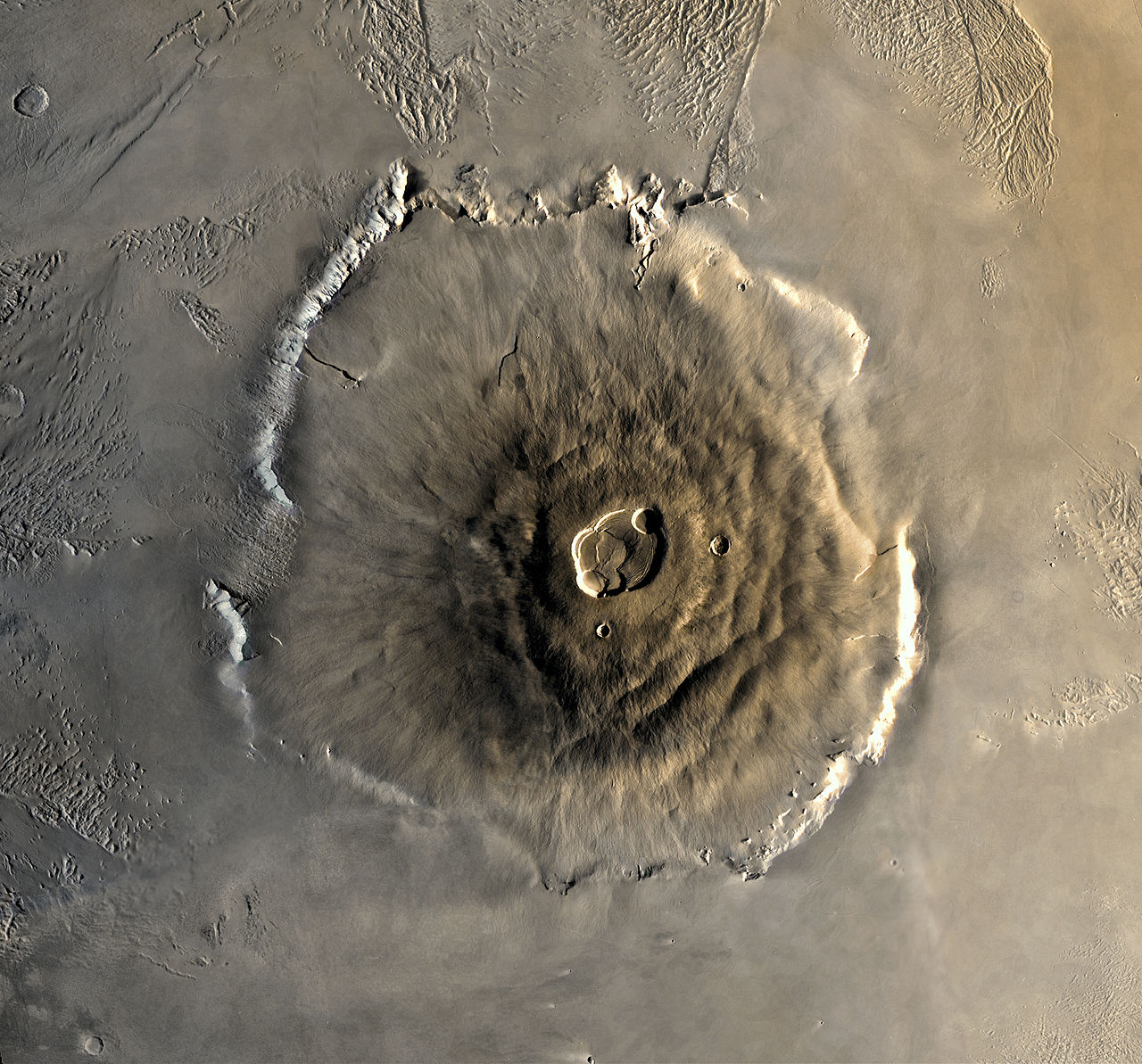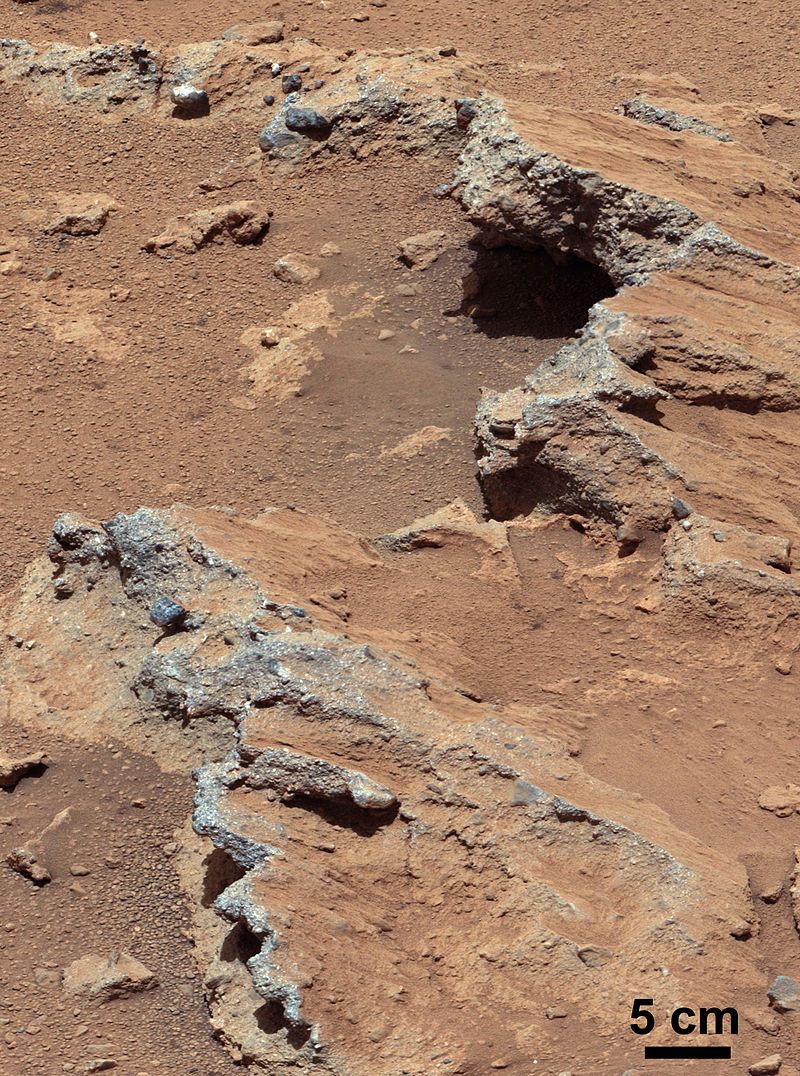7.2: Snow on Mars
- Page ID
- 244266
\( \newcommand{\vecs}[1]{\overset { \scriptstyle \rightharpoonup} {\mathbf{#1}} } \) \( \newcommand{\vecd}[1]{\overset{-\!-\!\rightharpoonup}{\vphantom{a}\smash {#1}}} \)\(\newcommand{\id}{\mathrm{id}}\) \( \newcommand{\Span}{\mathrm{span}}\) \( \newcommand{\kernel}{\mathrm{null}\,}\) \( \newcommand{\range}{\mathrm{range}\,}\) \( \newcommand{\RealPart}{\mathrm{Re}}\) \( \newcommand{\ImaginaryPart}{\mathrm{Im}}\) \( \newcommand{\Argument}{\mathrm{Arg}}\) \( \newcommand{\norm}[1]{\| #1 \|}\) \( \newcommand{\inner}[2]{\langle #1, #2 \rangle}\) \( \newcommand{\Span}{\mathrm{span}}\) \(\newcommand{\id}{\mathrm{id}}\) \( \newcommand{\Span}{\mathrm{span}}\) \( \newcommand{\kernel}{\mathrm{null}\,}\) \( \newcommand{\range}{\mathrm{range}\,}\) \( \newcommand{\RealPart}{\mathrm{Re}}\) \( \newcommand{\ImaginaryPart}{\mathrm{Im}}\) \( \newcommand{\Argument}{\mathrm{Arg}}\) \( \newcommand{\norm}[1]{\| #1 \|}\) \( \newcommand{\inner}[2]{\langle #1, #2 \rangle}\) \( \newcommand{\Span}{\mathrm{span}}\)\(\newcommand{\AA}{\unicode[.8,0]{x212B}}\)
The Phoenix Mars Lander detected snow falling from Martian clouds in 2009. The snow was detected from clouds about 2.5 miles above the spacecraft’s landing site. Data show the snow vaporizing before reaching the ground. Information from the Phoenix Mars Lander also confirmed that a hard subsurface layer at its far-northern site contains water and ice.
Planet Mars at a Glance
Characteristic — Current State
- Impact Craters — Yes; a very large impact crater Borealis Basin (largest known in the Solar System), 6,600 miles across
- Tectonic Craters — Yes, still active?
- Volcanoes — Yes, not active; One of the largest volcanoes in the Solar System; Olympus Mons
- Atmosphere — Carbon Dioxide (CO 2 ), Low Pressure, Clouds, Snow, Dust devils, Dust storms, Slight traces of Methane (CH 4 )
- Water — Both liquid & water ice
- Subsurface liquid water aquifers?
- 2% water in soil
- Erosion — Yes
- Dunes — Yes
- Polar Caps — Yes
- Satellites — Two; Deimos and Phobos
- Life — Unknown; we are actively searching for life
Public Domain | Image courtesy of NASA.

Ius Chasma Floor: The layered deposits consist of dark basalt lava flows and bright sedimentary layers; likely to be from atmospheric dust, sand, or alluvium from an ancient water source. Mars Reconnaissance Orbiter, 9/18/2008Public Domain | Image courtesy of NASA.

Sand Dunes on Mars: Endurance Craters are dramatic dune fields on the crater floor. Dune crests have accumulated more dust than the flanks of the dunes and the flat surfaces between the dunes.Images courtesy of NASA

Martian Volcano Olympus Mons.Public Domain | Image courtesy of NASA.

The surface of Mars. NASA Viking SpacecraftPublic Domain | Image courtesy of NASA.
CC licensed content, Original
- Provided by: Florida State College at Jacksonville. License: CC BY: Attribution

